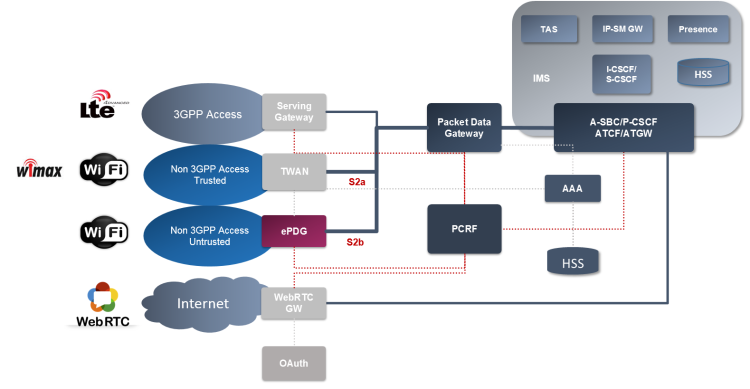One of the key reasons why we need the IMS is the support of multiple devices for the same public identity. Simply put we don’t care what physical device our counterpart has, we just call and it is up to the network to select the particular device or more devices. For example my buddy can be connected via 3G or 4G and wifi from his smartphone, and he can be also connected from a web browser using the WebRTC (and well there are already some operators testing this).
As the logic says the key headers which are being used for routing will remain the same.
The examples here are taken from real networks (AS/CSCF). The exact ids and IPs were modified. You can enjoy the diversity of headers we can find all around the world. There could be much more of them, but I don’t want to have the post too long and boring.
Request-URI
INVITE sip:0123456789;
phone-context=ims.mnc000.mcc000.3gppnetwork.org@ims.mnc000.mcc000.3gppnetwork.org;
user=phone SIP/2.0
or
INVITE sip:+12345678912@ims.operator.com;
user=phone SIP/2.0
or just
INVITE sip:12345678912@server.networks.operator.com SIP/2.0
P-Prefered-Identity
P-Preferred-Identity: sip:+12345678912@ims.operator.com
P-Asserted-Identity
P-Asserted-Identity: sip:+12345678912@ims.operator.com
P-Served-User
P-Served-User: <sip:+12345678912@ims.operator.com>;
sescase=orig;regstate=reg
Continue reading →

